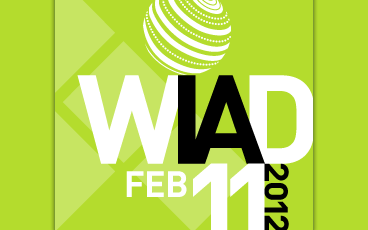by Laura Creekmore | Feb 11, 2012 | Conferences/Events, Information management
Great panel to kick off the conference: Dennis Schleicher Josie Scott Shawn Stemen Keith Instone, Moderator Changes they’ve seen: Schleicher notes that today, more developers are moving toward IA, and prototyping is changing the conversation. Scott worked at...

by Laura Creekmore | Feb 11, 2012 | Conferences/Events
Today I’m blogging at World IA Day in Ann Arbor, MI. Part of a worldwide day to celebrate and learn about the discipline of information architecture, the Michigan event is kicking off shortly on the University of Michigan campus. I’m on the board of the...
by Laura Creekmore | Jan 3, 2011 | Information management
You’ve got to make the time to watch this hour-long video on stats, information and the power they give us. If you’ve been hanging around the web for long at all, you’ve likely seen some of Hans Rosling’s and the Gapminder Foundation’s...
by Laura Creekmore | Nov 8, 2010 | Information management, User experience
I’m blogging today over on the Digital Nashville site. Digital Nashville is one of our great local tech organizations — we have a growing tech community here, and DN connects some of the best marketers and tech folks. Learn where to put the peanut butter...


